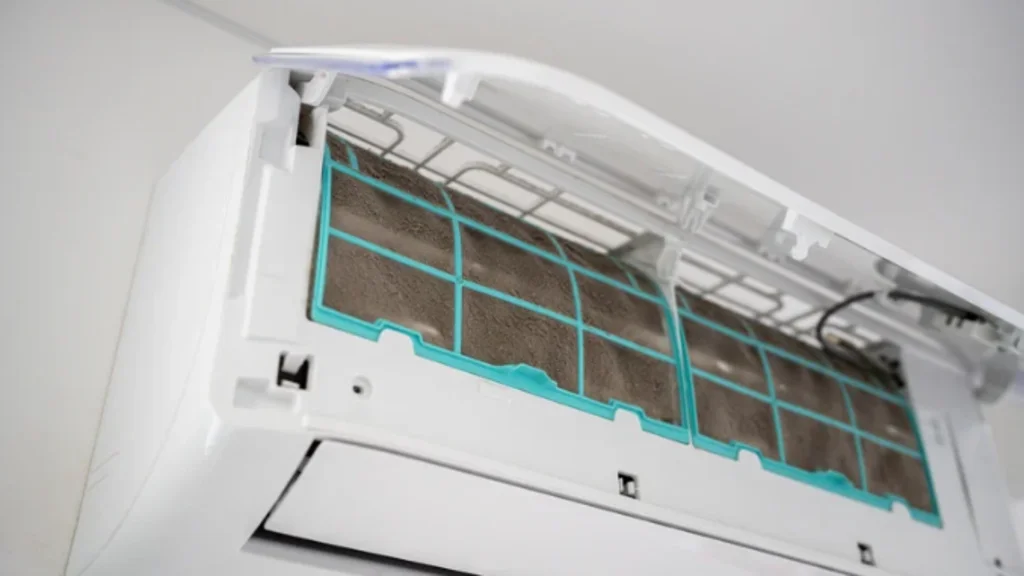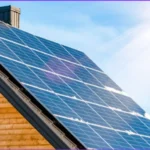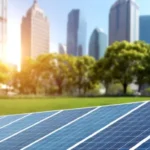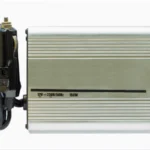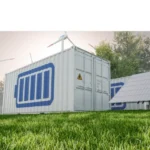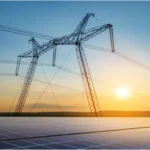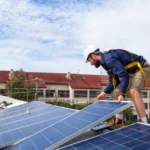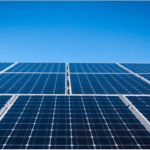Is it finally time to cool your home without depending on rising electricity bills? With extreme temperatures becoming more common and electricity rates increasing, solar-powered air conditioners are becoming a practical solution. But many still ask: what’s the actual cost of installing a solar AC system, and is it truly worth it?
This guide will help you understand the solar ac price , key components, expected savings, and what to look out for before making a purchase.
What Is a Solar Air Conditioner?
A solar air conditioner is a cooling system designed to operate either fully or partially on solar energy. These systems reduce dependency on the grid and lower long-term energy bills, making them especially appealing to eco-conscious homeowners.
In 2025, there are two main types of solar air conditioners available, each with its pros and cons.
Solar DC Air Conditioners
These units run entirely off solar panels and, typically, a battery bank. Ideal for off-grid homes or areas with frequent outages, they provide clean cooling without grid connection.
Hybrid Solar solar AC price
Hybrid systems can switch between solar power during the day and grid power at night or during cloudy weather. They’re more flexible and don’t always require battery storage.
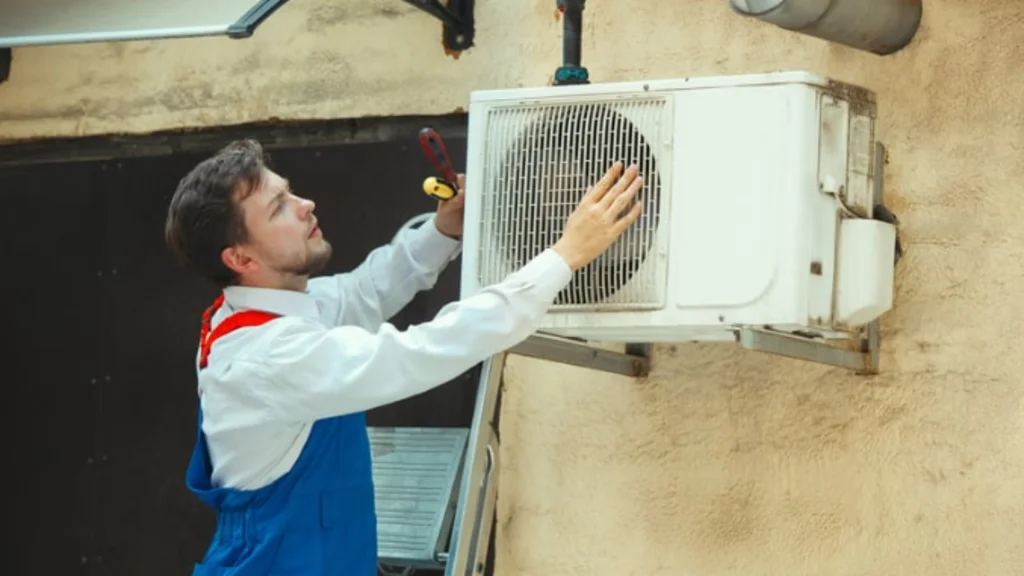
Solar AC Price Breakdown in 2025
Before you decide on a solar air conditioning system, it’s important to understand the full cost, including installation, hardware, and potential tax credits. Prices can vary significantly depending on capacity, brand, and location.
Here is an overview of typical pricing for various solar AC setups.
Estimated Costs by System Type
| System Type | Price Range (USD) |
| 1-Ton Solar Mini Split AC | $1,800 – $3,200 |
| 1.5-Ton Hybrid Solar AC | $2,800 – $4,500 |
| Full Solar HVAC System (3+ Tons) | $7,000 – $12,000 |
| Solar Panel for 1.5 Ton AC Price | $1,200 – $2,000 (4–6 panels) |
| Battery Backup (5 kWh) | $3,000 – $4,500 |
These costs include installation but may increase based on your roof design, electrical setup, or need for permits and inspections.
What Affects the Solar Powered AC Units Price?
Not all installations cost the same. Several key factors influence the cost of installing a solar air conditioning system. Understanding these can help you better plan your budget and expectations.
Below are the primary elements that influence solar AC pricing.
Panel Type and Efficiency
High-efficiency monocrystalline panels may cost more upfront, but they deliver better performance in limited space. Polycrystalline panels are more affordable but require more roof area.
Inverter and Battery Setup
Systems with battery storage and smart inverters are more expensive but offer greater energy independence. Hybrid setups may not require a battery, but they do need efficient inverter control.
Roof Type and Installation Complexity
Homes with angled or shaded roofs, or those requiring panel mounting adjustments, will see higher labor costs. Complex attic spaces or duct modifications can add further complexity.
Available Incentives and Credits
The U.S. Federal Solar Tax Credit currently offers a 30% credit on eligible solar equipment and installation costs. This significantly reduces your total solar AC price.

Real-World Experience: What Solar AC Looks Like in Practice
Many homeowners are now seeing the benefits of switching to solar-powered cooling. Here’s an example from a real residential installation to help put the numbers into perspective.
Jessica, a homeowner in Tucson, Arizona, installed a 1.5-ton solar mini split last summer. Her all-in cost was around $3,600 after claiming the federal tax credit. Within one cooling season, she cut her summer electric bill by over 40%, running her bedroom and home office during peak daylight hours entirely on solar power.
She noted that, while the upfront investment was higher than a regular AC, the payoff in both savings and independence from the grid was worth it.
How to Choose the Right Solar Air Conditioner
Your cooling needs, home size, and energy goals will determine the best solar air conditioner for you. Whether you want to offset part of your grid usage or go fully solar, understanding system types can help narrow your decision.
This section outlines which systems are best suited for different users and living situations.
Small Spaces or Single Rooms
A solar powered window air conditioner is an excellent option for small bedrooms, guest rooms, or home offices. These systems usually require 2–3 panels and are ideal for supplemental cooling.
Off-Grid or Rural Properties
A direct current (DC) solar mini split system is perfect for off-grid homes or remote cabins. These setups can run exclusively on solar power with a well-sized battery backup.
Whole-Home Cooling
For larger homes, hybrid solar HVAC systems offer seamless switching between solar and grid power. They can run efficiently on solar during daylight hours and rely on the grid at night, reducing your energy bills without total dependence on batteries.
How Many Panels Do You Need to Run a Solar AC?
Panel sizing is one of the most important factors in determining overall system cost and performance. To run a 1.5-ton air conditioner, you’ll typically need between 4 to 6 high-efficiency panels rated at 400W each.
This equals about 1.6 to 2.4 kW of total solar generation—enough to power the AC during peak sun hours. But solar availability varies by region, so your local installer should assess your sun exposure and adjust system size accordingly.
Remember: efficiency depends not only on panel wattage but also on inverter quality and panel angle.
Maintenance Tips to Keep Your System Efficient
Solar power air conditioners require minimal maintenance, but regular care ensures maximum efficiency and long-term savings. Poor maintenance can reduce output by up to 20%, especially in dusty or coastal regions.
Here are essential steps every system owner should follow.
Cleaning and Inspection
Clean panels with water and a soft cloth every 2–3 months. Avoid abrasive tools. Inspect wiring, panel mounts, and inverters during the cleaning process.
Monitor System Output
Most systems include an inverter or app that tracks energy usage and solar generation. Monitor this monthly to catch any performance drops early.
Seasonal Adjustments
Make sure your panels aren’t shaded by growing trees or debris. In northern regions, seasonal sun angles may require tilt adjustments or flexible panel placement.
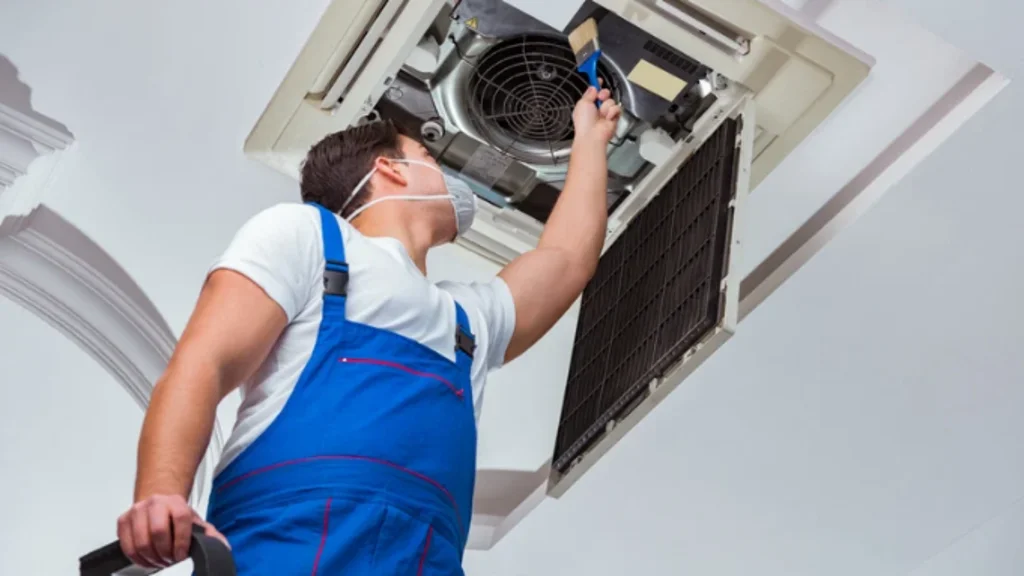
Troubleshooting Common Solar AC Problems
Even the best systems can encounter problems. Knowing what to look for helps you quickly identify and resolve issues, thereby maintaining optimal performance.
Here’s how to troubleshoot a few common problems seen in real-world installations.
Low Cooling Efficiency
This usually indicates that your system is undersized or that your solar AC price or dirty or shaded. Ensure the panel array meets your AC’s energy draw and clean all surfaces.
Inverter Overheating
When inverters are placed in direct sunlight or enclosed spaces, they may shut off due to heat. Place inverters in ventilated, shaded locations.
Battery Malfunction
For systems with batteries, improper cycling or age can lead to failure. Monitor charge/discharge cycles and replace batteries when capacity drops below 80%.
In one case, a client’s cooling system in central California kept shutting down at peak hours. The culprit was an under-ventilated inverter overheating each afternoon. Relocating the unit and adding airflow restored full-day operation.
Solar Mini Split vs Traditional AC: Side-by-Side Comparison
Considering a solar AC but still comparing it to conventional systems? This comparison highlights the key differences to help you decide.
Feature Comparison
| Feature | Solar Mini Split | Traditional AC |
| Power Source | Solar with optional grid/battery | Grid power only |
| Electricity Bill Impact | Can offset up to 100% | No offset |
| Upfront Cost | Higher ($2,800–$4,500) | Lower ($1,500–$2,500) |
| Maintenance | Low (mainly panel cleaning) | Standard HVAC servicing |
| Tax Incentives | Eligible for 30% federal credit | Not eligible |
While the price of solar AC is higher at the start, long-term savings, independence, and environmental benefits often outweigh the initial cost—especially for those in sunny or high-tariff regions.
Return on Investment: Is the Solar AC Price Worth It?
Let’s run the numbers using a 1.5-ton solar hybrid AC as an example:
- Installed System Cost: $3,800
- Federal Tax Credit (30%): -$1,140
- Net Cost: $2,660
- Annual Utility Savings: ~$480
Your payback period is approximately 5.5 years. After that, most of your cooling is essentially free for the next 15 to 20 years. Even better, if you combine the AC system with your broader solar array, the returns are even higher.
For small business owners running multiple AC units, this can lead to thousands in annual savings.
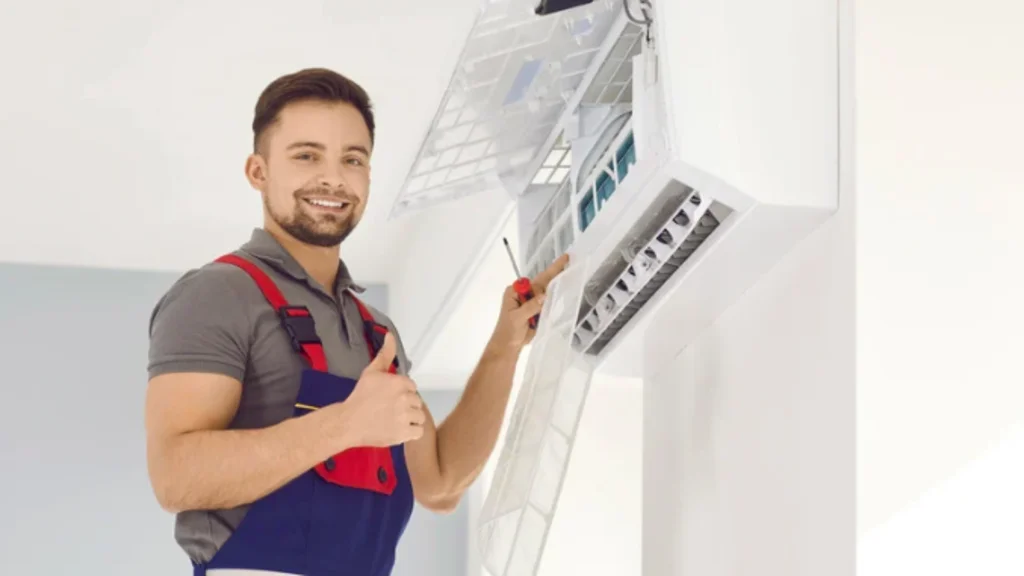
Final Thoughts: Should You Invest Based on Today’s Solar AC Price?
The cost of solar-powered cooling has dropped significantly in the last five years. With federal incentives, higher energy prices, and better solar efficiency, 2025 is a strong year to consider making the switch.
If you live in a hot climate or already have solar panels installed, upgrading to a solar powered AC unit could be the smartest energy decision you make all year.
Click here: solar heating system.
Maximize Cooling, solar AC price
Has it been over three months since your last panel checkup or cleaning? Are your cooling costs rising each summer? You may already be losing 10–20% of your potential solar output.
Schedule a solar performance audit today and find out whether your home is ready for a cost-effective solar AC upgrade.always check price before final the air conditionar.

